How to collect seeds like Monty Don and fill your garden borders for free
Harvesting your own seed isn't just fun; it's a brilliant way to transform your garden on a budget, too...
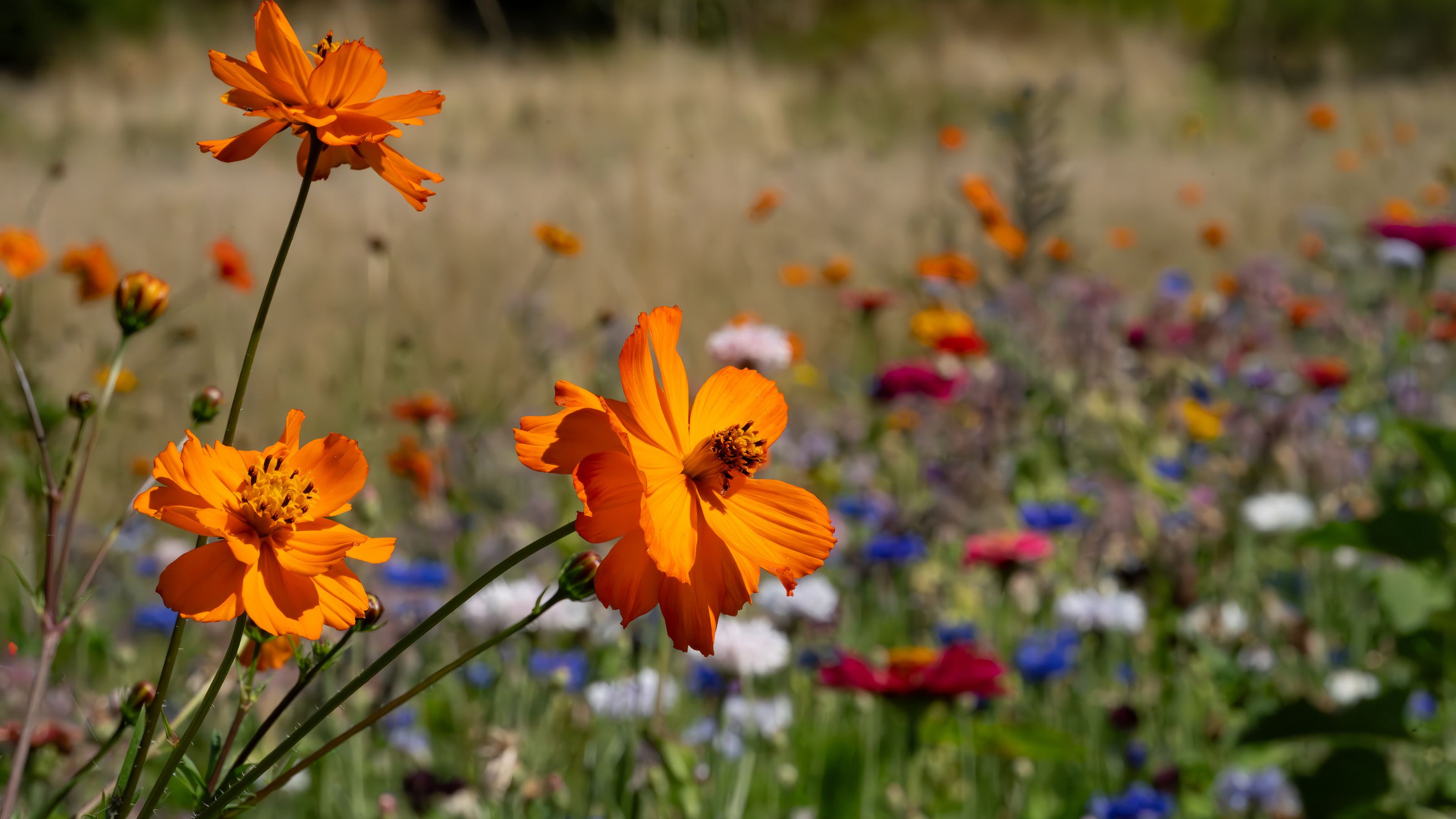

The days are growing shorter, the nights are drawing in, and autumn is almost upon us – which means it's high time you learned how to collect seeds, particularly if you've already mastered the art of sowing them successfully.
It doesn't matter if you're working with a cottage garden or a thoroughly modern garden; harvesting seeds is a brilliant budget garden idea to fill your garden borders for free, adding the sort of pop and colour that would cost you an arm and a leg down the local garden centre.
Even better? This isn't one of those boring gardening tasks that you'll want to put off again and again, because gathering seeds is fun (especially if you're feeling inspired by all of those cottagecore posts on Instagram).
How to collect seeds
When it comes to gardening experts, Monty Don's name is pretty high on the list of greats – and not least of all because he taught us how to take cuttings and propagate plants for free. And it seems he isn't gatekeeping when it comes to teaching us how to collect seeds, either.
'Growing your favourite plants from seed is easy and practically without cost. Not only will this give you dozens of free plants for future years, but also spares to give or swap with friends and family – and now is the time to begin collecting seed from your garden,' he writes in his popular gardening blog.
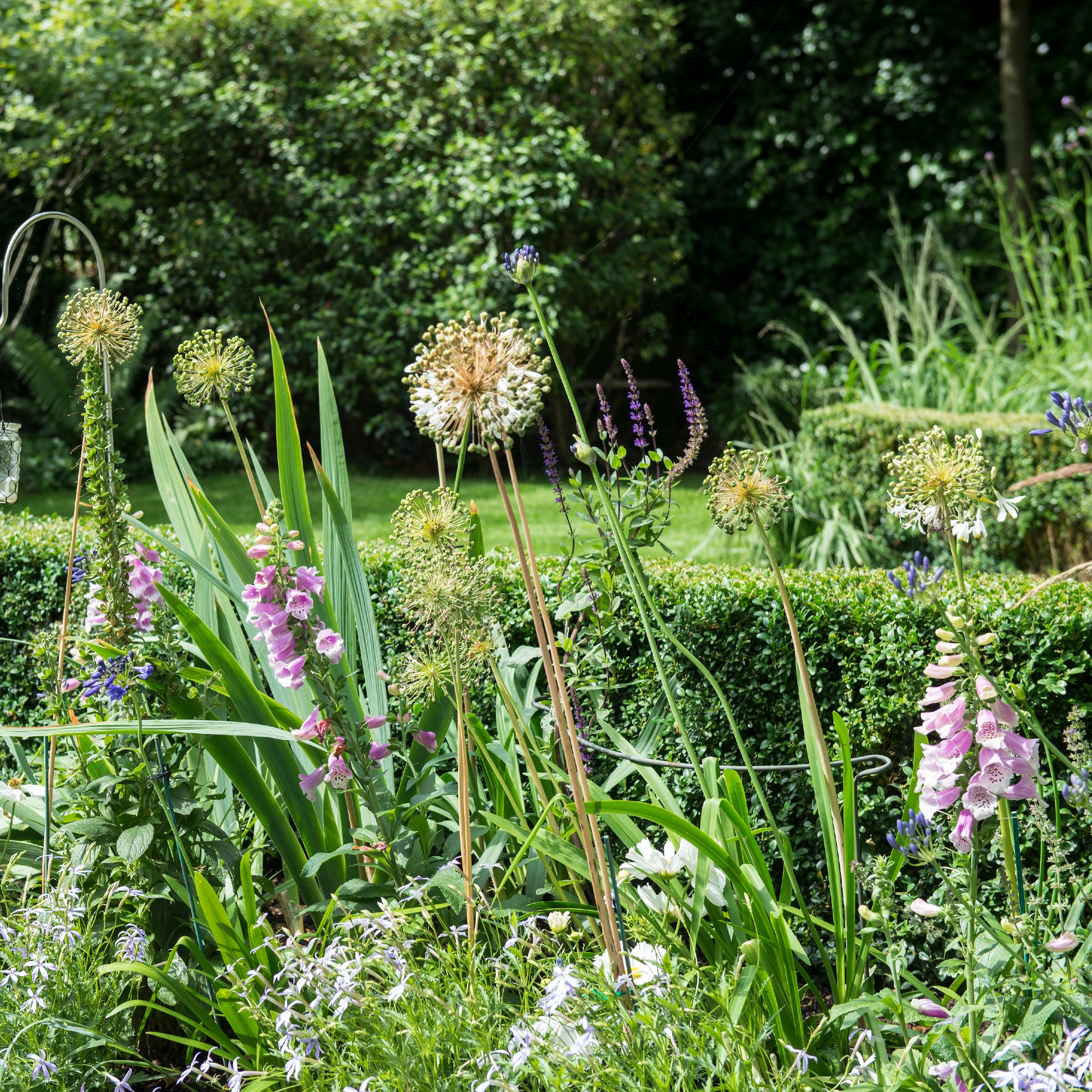
What you will need
The joy of learning how to collect seeds? You don't need much to get started, other than a warm windowsill, some brown paper envelopes, and a labelling pen.
That being said, you may want to pick up the following items:
Sign up to our newsletter for style inspiration, real homes, project and garden advice and shopping know-how
- A selection of brown envelopes, such as these Kraft Paper Seed Envelopes from Amazon
- A pair of sharp secateurs or strong scissors, like the Felco FEL2 Model 2 Original Secateurs from Amazon
- A fine tip pen for labelling seeds (try the STABILO Write-4-all from Amazon)
Optional extras: a small sieve, a stash of paper towels, and some glass jars may come in handy, depending on the type of seeds you're gathering.
Step-by-step guide
Now that you have everything you need to hand, it's time to start collecting seeds in earnest. Grab your secateurs, then, and let's get started...
1. Choose the right moment
Forget learning how to collect seeds; as is ever the case with gardening, it's all about the when.
'Obviously you need to wait until the seeds are fully mature,' says Christopher O'Donoghue of Gardens Revived, noting that this is usually when the flowers have faded, and seed pods or heads are dry and starting to split or turn brown.
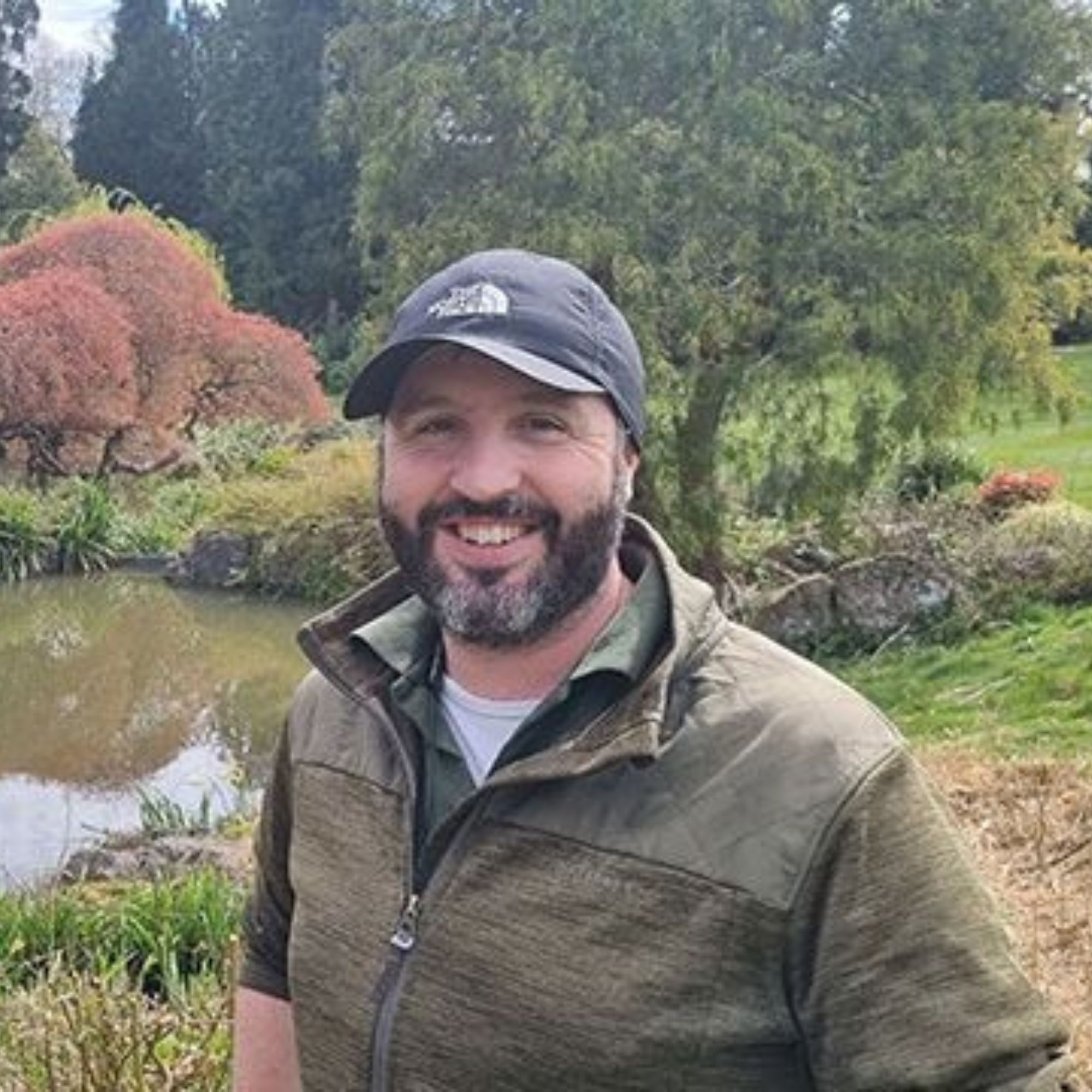
An RHS-trained gardener with almost two decades of experience under his belt, Christopher set up Gardens Revived with his brother, Andrew, in 2018 to create a thriving family business. Together, they have worked on residential gardens, listed buildings and gardens, flower shows and large estates with some exceeding 70 acres – many with historical significance.
'You also want to wait for a dry, sunny day (a rarity this summer, I know!), as this will help you avoid any excess moisture and keep your seeds from rotting,' he adds.
2. Collect the seeds
Next, it's time to collect the seeds. To do this, Monty advises that you 'either carefully cut the seed heads and upend them into the envelopes, seed head and all'.
Alternatively, he adds that you can 'place the envelope over the seed head, seal it and then snip the stem off and store it upside down'.
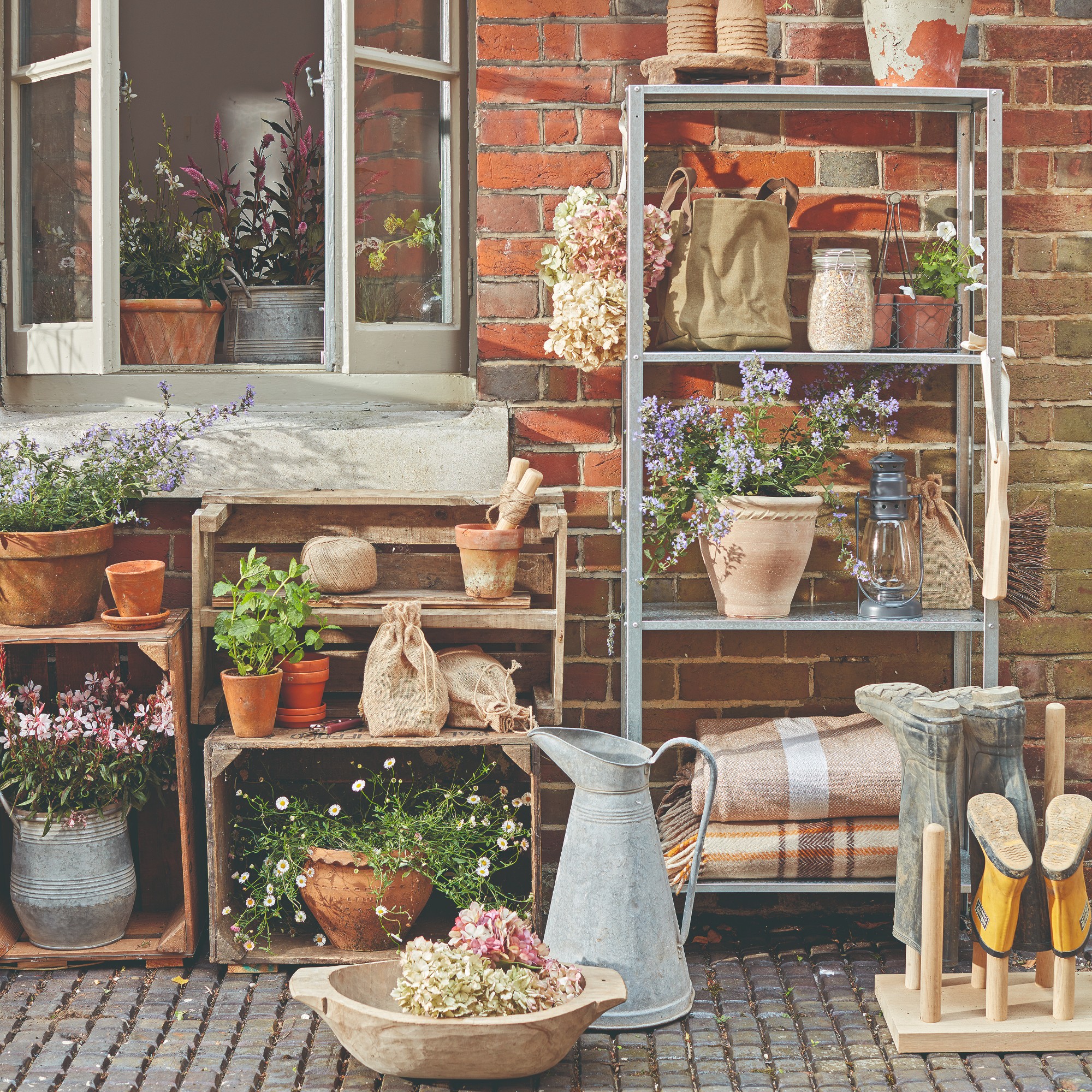
3. Dry them out
Anyone who's ever learned how to harvest sunflower seeds will tell you, in no uncertain terms, that dryness is everything when it comes to collecting seeds.
With that in mind, the experts at the Royal Horticultural Society (RHS) suggest that you wipe your seeds clean of any excess material and then 'lay them out to dry on a greenhouse bench, warm windowsill or in an airing cupboard.
After a week or two, Monty says that 'the seeds should be dry and can then be sieved, cleaned and stored in sealed packets. For longer term storage a plastic tub with a tight lid stored in the fridge is ideal.'
4. Get labelling
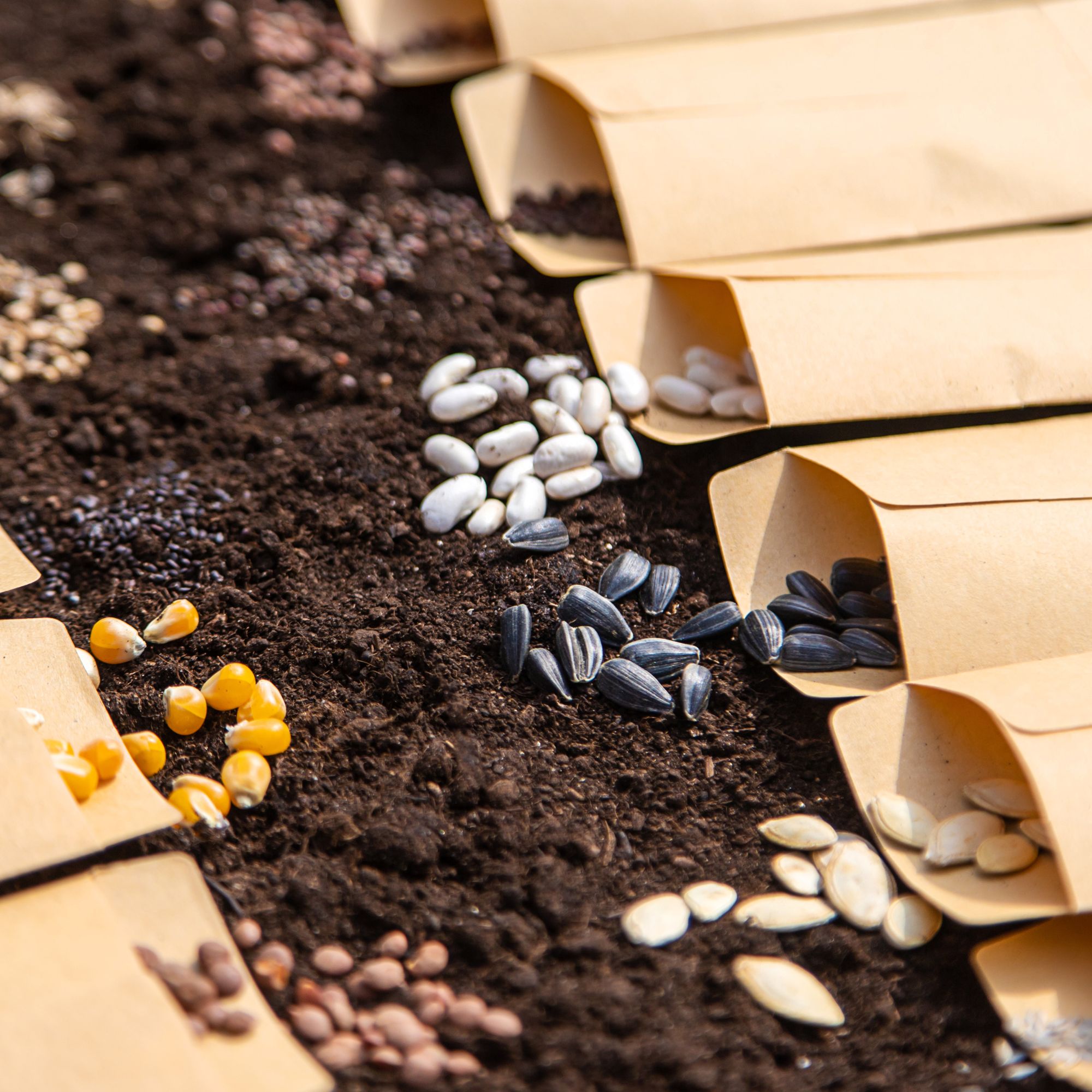
The most important step in learning how to collect seeds? Labelling them as quickly as possible.
'This isn't the sort of job you want to put off,' says Christopher, 'so be sure to immediately label your seeds with the plant name and collection date to avoid confusion later.'
He adds that 'some people also note down where they collected the seeds from in their garden, too', but that this isn't strictly necessary.
FAQs
What is the easiest way to collect seeds?
Work smart, not hard! The easiest way to collect seeds is to label your paper envelopes in advance, cut the seed head off the plant and pop it straight into the bag.
If it's ripe enough (and dry enough), the seeds will fall off the seed head into the bag all by themselves. Otherwise, you can give them a little shake and set them aside to dry out for a week or so before prepping them for storage.
How do I save seeds for next year?
Properly stored seeds can remain viable for several years, so be sure to dry yours off before popping them in dark, airtight containers.
Now that you know how to collect seeds, it's time to get out in the garden and start harvesting them in earnest. If you're quick about it, you may be able to use some as Christmas gifts for your horticulturally-minded loved ones...

Kayleigh Dray became Ideal Home’s Acting Content Editor in the spring of 2023, and is very excited to get to work. She joins the team after a decade-long career working as a journalist and editor across a number of leading lifestyle brands, both in-house and as a freelancer.